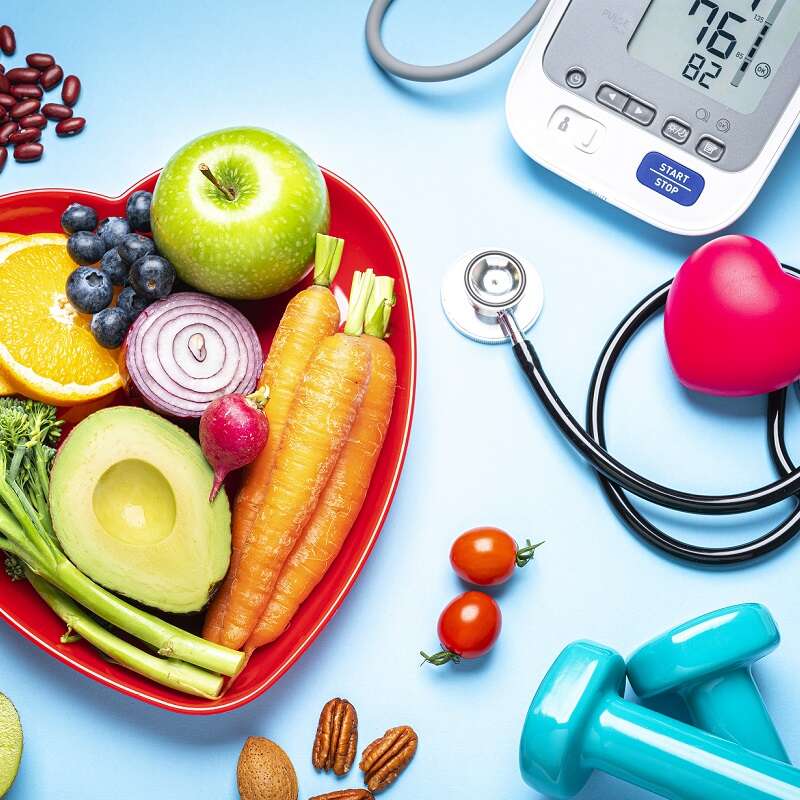Gil Carrara, U.S. Managing Partner and Healthcare & Life Sciences Regional Leader, discusses new strategic opportunities stemming from the health and wellness sector this year.

As a physician, I realize the growing importance of the wellness industry. As a search executive, I have a different vantage point, focused more on strategic opportunities that could benefit my clients. Trends in an industry like health and wellness can have an outsized impact on both people and companies, making it worth a closer look.
Lately, consumers have been investing a great deal of money in health and wellness products and programs, whether for personal use or for their companies and employees. This isn’t really new. It started long ago when people started joining gyms and eating healthier foods. But with many other approaches to wellness going mainstream, the industry has evolved. It now includes an array of specialized health and wellness programs, particularly for at-home use, which some companies offer to employees and their families. I would like to explore a few of these.
First, we need to understand the size of the wellness market. This is a $1.5 trillion-dollar global industry, growing at a rate of 5% to 10% a year. And it is broad, spanning areas such as sleep, fitness, nutrition and mental health, among others.
Take sleep. Everyone can agree that for employees to feel awake, refreshed and ready to work, they need a good night's sleep. A plethora of sleep products has become available, many with sensors – in mattress pads, pillows, and wearables like the Oura Ring. Worn on a finger, the Oura Ring uses sensor technology to measure sleep patterns and various health metrics such as body temperature and pulse. It also has an accelerometer to monitor movement. The data is used to generate a dashboard on the Oura app, showing daily activity and nightly sleep data.
Devices like this are a net positive. In the future, the data they collect could help doctors, physicians and physical therapists recommend food choices and workout routines. At the same time, the more lucrative and wide-open the market becomes, the greater the chance of inferior products falling into the hands of unwary consumers and well-meaning companies. Can their data be trusted? Due diligence is strongly advised.
The overall attention paid to personal health has grown dramatically in the last few years. Many people still follow the age-old tradition of making annual resolutions to get in shape or lose weight. This used to mean joining a gym. But amidst pandemic-related closures, many have pivoted to buying exercise equipment for their home gyms. Some of the more popular equipment, such as the Peloton Bike, enable consumers to monitor their heart rate and program activities with their smartwatch or mobile device through the company’s app. As with sleep-monitoring devices, there is reason for both optimism and a degree of caution.
“At home” healthcare is another huge area of health and wellness that has heightened during Covid-19, though the trend had already been set in motion. Over the past decade, we have seen a steady increase in the number of physicians allowing patients to monitor and report their medical issues from home via telehealth sessions, only visiting a doctor's office, urgent care center or hospital when absolutely necessary.
Concurrently, America’s online pharmaceutical industry has exploded. Consumers can choose from a virtual smorgasbord of online-only drugstores, the websites and apps of brick-and-mortars like CVS, Walgreens and Costco, and services offered by tech giants like Amazon and Google. Many offer automated refills by mail.
There is much to be said for the convenience of Zoom-enabled medical appointments and having medication delivered to one’s doorstep. The latter, for one, can help improve patient compliance. But the at-home convenience could keep people complacently at home in instances when an in-person examination is warranted.
Nutrition is another part of the consumer healthcare market that has blown up. Consumers have learned that what we eat and how we prepare food is essential to overall health. During quarantines, most everyone starting cooking at home more. This hands-on experience with food, alongside heightened concerns about health maintenance, reinforced awareness around nutrition. In places like the US, UK and Germany, this has prompted a switch to more plant-based options at a much faster rate than we typically see in the consumer healthcare market.
And finally, we have seen much more attention focused on mental and behavioral health over the last few years, especially during the pandemic, which has weighed heavily on everyone. Self-care, meditation and mindfulness apps have proliferated. The detrimental effects of stress have taken center stage on occasion, for example when gymnast Simone Biles opted out of her Olympic trial due to mental health concerns. The mainstreaming of mental health can only be seen as a good thing.
As we move forward, I expect to see further developments in digital health, with wearables playing a greater role in healthcare. As these devices become more effective at collecting and aggregating data, and algorithms grow more sophisticated, they are better able to help modify behavior for the better. Many people are harnessing this technology to work on changing and customizing their health-related activities and achieve new personal health and wellness goals. The rise of technology in health and wellness offers many more possibilities.




